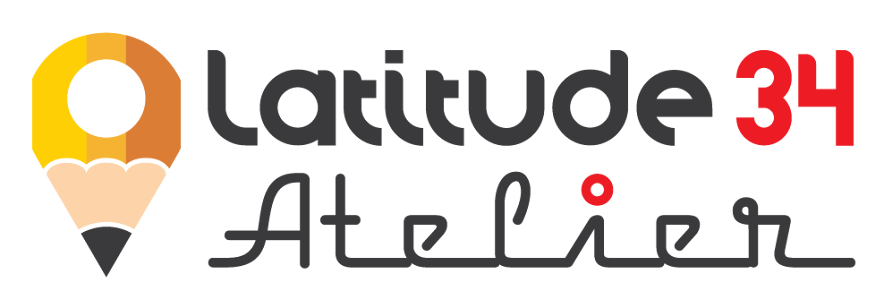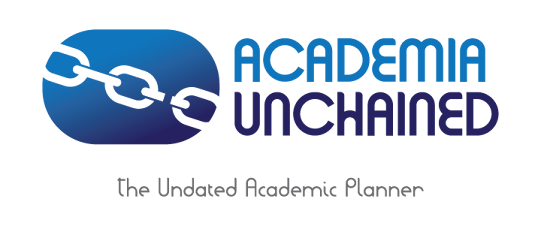Mastering Time Management in Academics: A Guide to the Eisenhower Matrix
In an increasingly demanding academic landscape, time management is critical for success. One powerful, yet underused, tool to improve time management is the Eisenhower Matrix. Originally developed by the 34th U.S. President Dwight D. Eisenhower, this principle of task management can significantly enhance academic productivity and lower stress. Let's explore how to apply this tool effectively for academic success.
Understanding the Eisenhower Matrix
The Eisenhower Matrix, also known as the Urgent-Important Matrix, is a decision-making tool that helps prioritize tasks by dividing them into four categories:
Important and Urgent: Tasks that must be done immediately.
Important but Not Urgent: Tasks that can be scheduled for later.
Not Important but Urgent: Tasks that can be delegated to others.
Not Important and Not Urgent: Tasks that should be done last or even eliminated.
Application in the Academic Setting
The Eisenhower Matrix is versatile, and its application can be tailored to fit an academic setting. Here's how to use it:
Important and Urgent Tasks
These are tasks with imminent deadlines and high stakes, like studying for an exam tomorrow or finishing a term paper due in a few hours. Handle these tasks immediately to avoid academic penalties. The key to reducing tasks in this quadrant is better planning and time management to prevent important tasks from becoming urgent.
Important but Not Urgent Tasks
This quadrant includes tasks that contribute to long-term academic goals but don't have immediate deadlines, such as researching for a term paper, studying for an exam in a couple of weeks, or working on a group project with a due date in the distant future. Schedule these tasks and ensure they get done in a timely manner to avoid last-minute stress. Use your 'Academia Unchained' planner to plan these tasks effectively over time.
Not Important but Urgent Tasks
These are tasks that require immediate attention but don't contribute significantly to your academic success, such as answering a non-critical email or attending a club meeting. Consider delegating these tasks if possible or allocate limited time to them. In an academic setting, delegation might be tricky, but you can ask for help or manage such tasks efficiently without hampering your major goals.
Not Important and Not Urgent Tasks
These are low-priority tasks that do not contribute much to your academic progress, like checking social media, casual web browsing, or watching TV. These tasks should be kept for leisure time and shouldn't interfere with your academics. If these tasks consume a considerable chunk of your time, consider eliminating or reducing them.
Tips for Effective Use
Regularly Update Your Matrix: Academic life is dynamic; new tasks pop up continuously. Make it a habit to update your matrix regularly to ensure it accurately reflects your current situation.
Be Honest: The effectiveness of the Eisenhower Matrix lies in correctly categorizing tasks. Be honest with yourself about the importance and urgency of each task.
Plan Ahead: Try to avoid tasks becoming urgent. Good planning can prevent tasks from migrating from the 'Important but Not Urgent' quadrant to the 'Important and Urgent' one.
Delegate When Possible: If a task is urgent but not important and can be done by someone else, don't hesitate to delegate. This could involve dividing tasks within a group project or seeking help when you're overloaded.
Eliminate Non-Essentials: If a task doesn't contribute to your academic or personal goals and isn't time-sensitive, it may be best to eliminate it. This clears up time and mental space for more important activities.
Implementing the Eisenhower Matrix into your daily routine can drastically improve your academic performance, reduce stress, and increase productivity. Give it a shot, and you might be surprised by how effectively you can master your time and unlock your academic potential.




Comments
Post a Comment